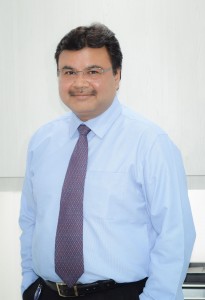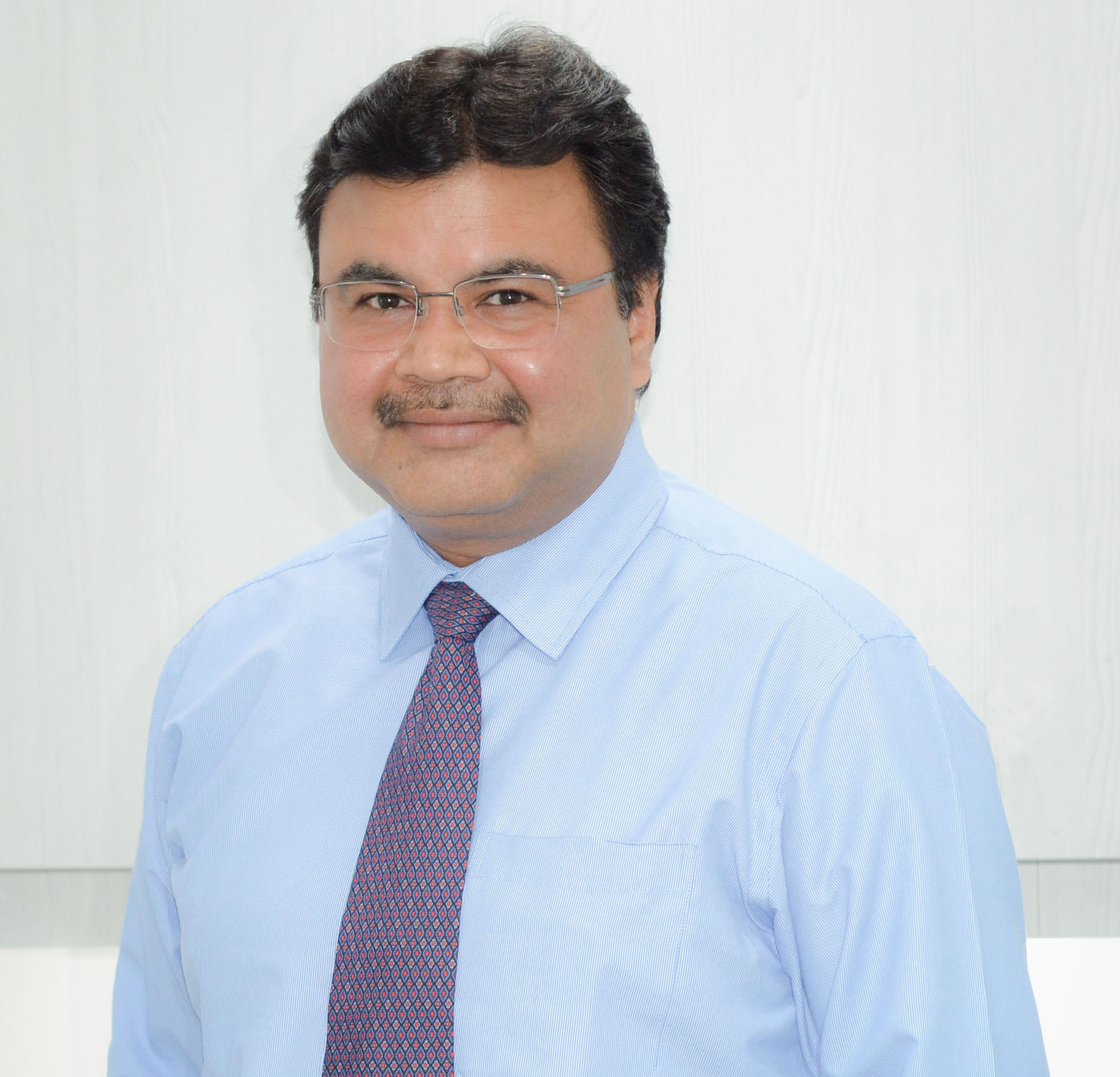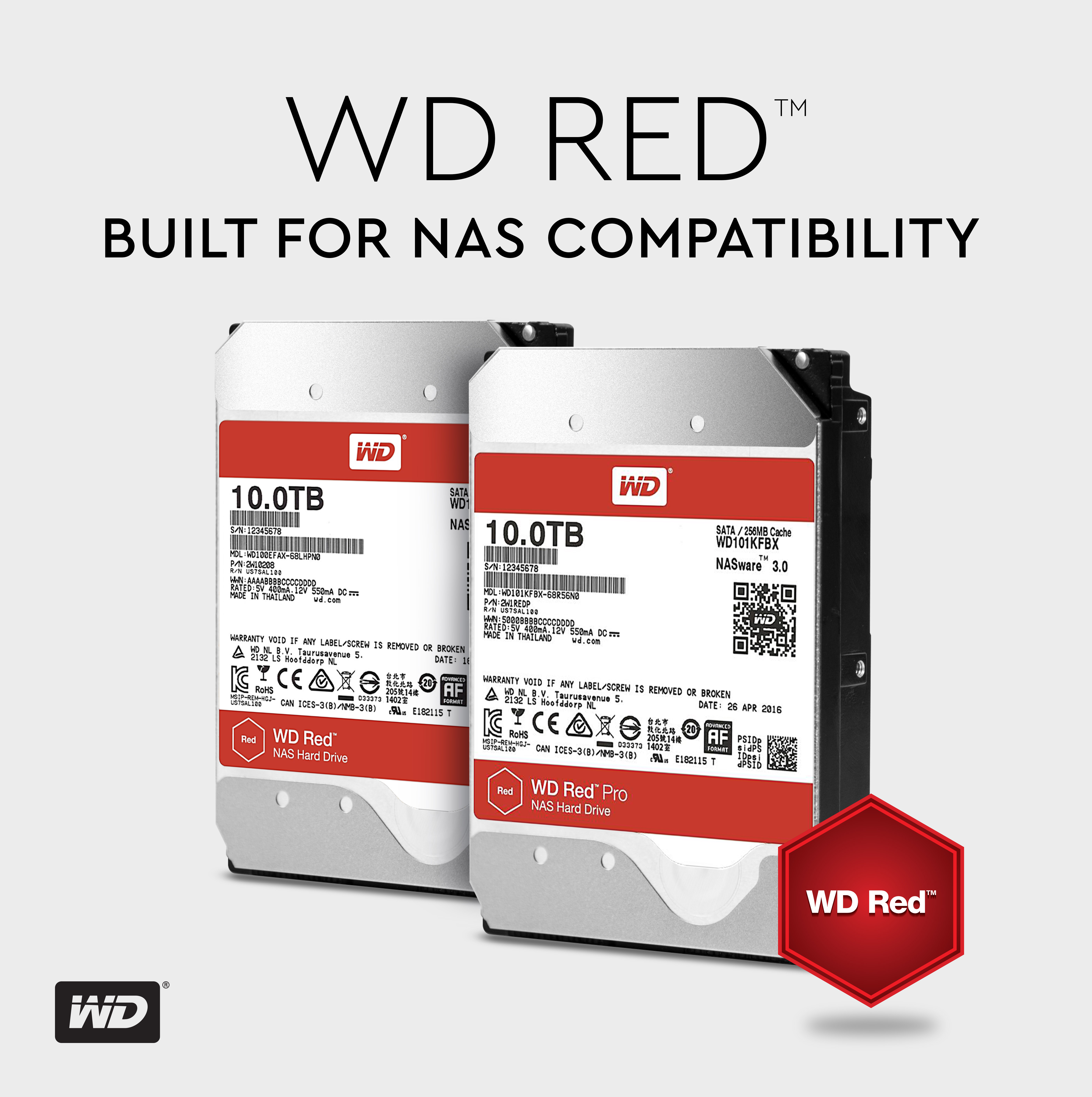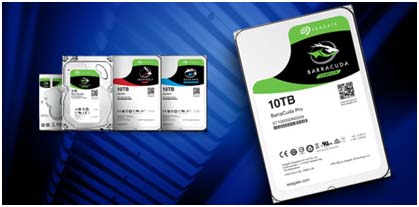
IT Voice: What have been the highlights for WD in 2013?
Mr. Subroto Das: With the launch of several class-leading products,2013 was a significant year for WD. On the internal storage front we introduced the 4TB WD Black and WD Black². The latter is the world’s first 2.5-inch dual drive, which offers flash and mechanical storage in one compact package. We launched our second generation Red drives, which are designed to give end users a premium, next generation NAS experience. We also expanded our mobile portfolio with the 7mm thin and 5mm ultrathin drives, which are designed for thin and light systems.
On the branded front we, again, had several launches such as the My Passport Ultra, My Passport Slim and updated My Book. These class leading products helped us to grow our business and maintain our standing as the world’s largest storage vendor. 2013 also saw us further enhance our customer service offering with 64 drop point locations across India at present.
IT Voice: How do you profile your partners and what initiative WD has taken to empower its partners?
Mr. Subroto Das: Addressing partner concerns is of critical importance to us. We strive to build mutually beneficial relationships and ensure that we invest enough time and effort in reaching out to our partners, so we can listen to their concerns, provide solutions wherever required and train them on our products so they can properly address their customers.
Last year we reached out to our partners in state capitals and smaller towns and cities like Chandigarh, Jaipur, Madurai and Bhubaneshwar, where, besides showcasing our product range, we also spent considerable time educating partners on recent product launches. In 2014 we plan to continue reaching out to our partners across India.
Apart from the multi-city tours, we regularly organize training programs for partners. Each of our training programs is aimed at helping partners in a unique way. ‘WD Master Blaster’ provides updates and basic technical knowledge of new products and engages them with brand WD by providing marketing collaterals, arranging contests and awarding incentives. ‘WD Ki Paathshaala’ updates the resellers about new products, features like external or internal HDDs, SMB products, niche products in home entertainment category etc. Similarly, ‘WD Contact Program’ helps to build relationships with channel partners in the upcountry markets and provide them with direct contact with the company.
IT Voice: What are the main storage trends in the South Asia region? How have they changed or evolved over the years? How are these changes going to affect the storage business?
Mr. Subroto Das: The demand for storage products is increasing at a rapid pace. With the changes in consumers’ lifestyles, the emphasis is not just on buying any storage product but a product that supports their changing lifestyle in terms of increased capacity, contemporary look and mobility.
Consumers are migrating to drives that offer 1TB storage capacity or more. This demand can be attributed to the increased use of devices such as tablets, digital cameras and smartphones, all of which can be used to conveniently create as well as consume data. Furthermore, additional features such as automatic and cloud backup, and password protection that offer consumers security and peace of mind have led the consumers to ask for more specialized products such as the My Passport Ultra.Given their ‘always-on-the-go’ routine, consumers have also started demanding personal cloud products such as the My Book Live Duo, which gives them the freedom to access their data wirelessly from anywhere. Since security is always a concern with public cloud, private cloud devices are increasingly becoming popular.
Today’s consumers are also more educated about technology and are adopting products and technologies that were previously considered to be SMB or enterprise solutions. The growing popularity of prosumer NAS devices bears testimony to this fact. Not only are these NAS systems inexpensive and easy to use, they can easily be connected to one’s WiFi access point or router and can then be accessed by any device on the network. The adoption of NAS devices is being driven by the surge in the sales of handheld devices like smartphones and tablet Pcs.
Global exposure has also had an impact on the entertainment demands of consumers in South Asia. Not only do they want the latest content but end users also wish to watch it in HD or Full HD format, leading to an increase in demand for media devices fulfill their demands.
IT Voice: Could please elaborate on recently released SSD+HDD non-hybrid Black2 ‘dual drive’? How has been the response from the market till now?
Mr. Subroto Das: Power users who rely on their laptops have several demands of their storage; they want high performance, large storage capacities, want the ability to manage where data is stored and have limited budgets. The recently launched WD Black2 has the distinction of being the world’s first 2.5-inch dual drive that combines SSD and HDD storage in a compact package. These drives are designed for laptop-reliant enthusiasts, creative professionals and gamers and provides ample storage capacity, high read/write performance and, perhaps most importantly, allows the end user to choose exactly where he or she wants to place the data – on the SSD or the HDD. As this is the only drive of its kind on the market and given the consumer demands explained earlier, the reception to Black2on a global level has been positive.
IT Voice: Flash is said to be the better technology, however, it is still not a huge market? Why?
Mr. Subroto Das: Every storage technology has pros and cons and currently flash storage, though offering high performance, carries a very high price premium. Even if one is willing to pay the premium, flash storage devices are limited to a maximum capacity of 1TB (in the consumer space). At the same time hard drives continue to offer the best blend of capacity, performance and price in terms of the cost per megabyte. Given the increasing storage needs of consumers and a desire to limit expenditure, consumers prefer to opt for hard drives, dual drives like Black2in the case of laptops with a single 2.5-inch drive bay, SSHD drives or, in the case of desktops, a combination of a low capacity SSD and a high capacity HDD.
IT Voice: What all needs to be addressed for flash to play a significant role in enterprise and storage segments?
Mr. Subroto Das: Since enterprises have more spending power and given the performance advantages of flash-based storage drives, these drives have made more headway in the enterprise space than in the consumer and SMB segments. That said, hard drives are still a major part of these larger organization’s IT systems. Today large enterprises who rely on datacenters tend to adopt a tiered approach to storage where flash storage is used at the top tier (Tier 0) to handle intensive data workloads. With the other tiers (Tiers 1 & 2) hard drives such as the WD XE, WD RE and WD SE are still the storage device of choice. At the lowest tier (Tier 3), tape is presently used for data backup. For flash to make headway in the consumer and SMB segments, the cost per megabyte will have to decrease significantly and the storage on offer will have to move beyond 1TB.








